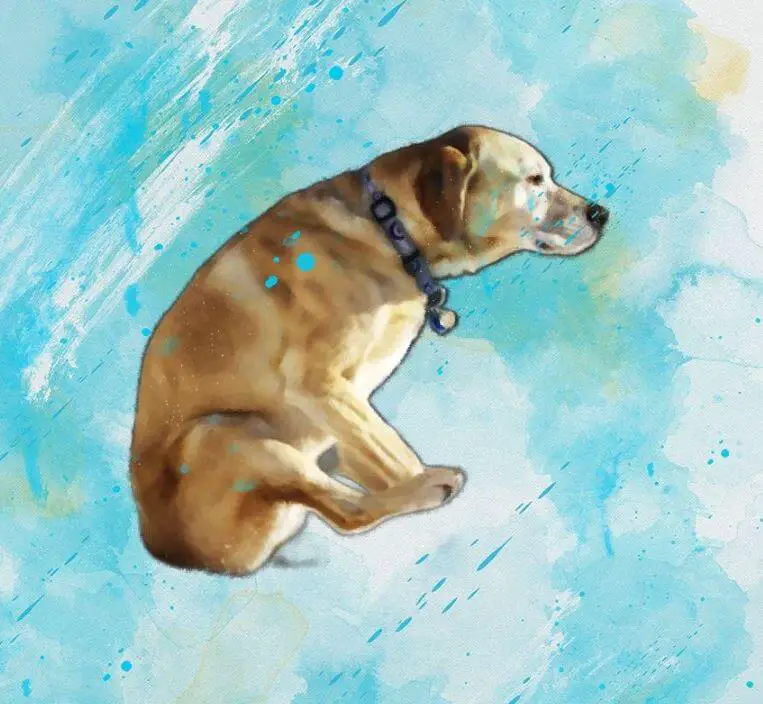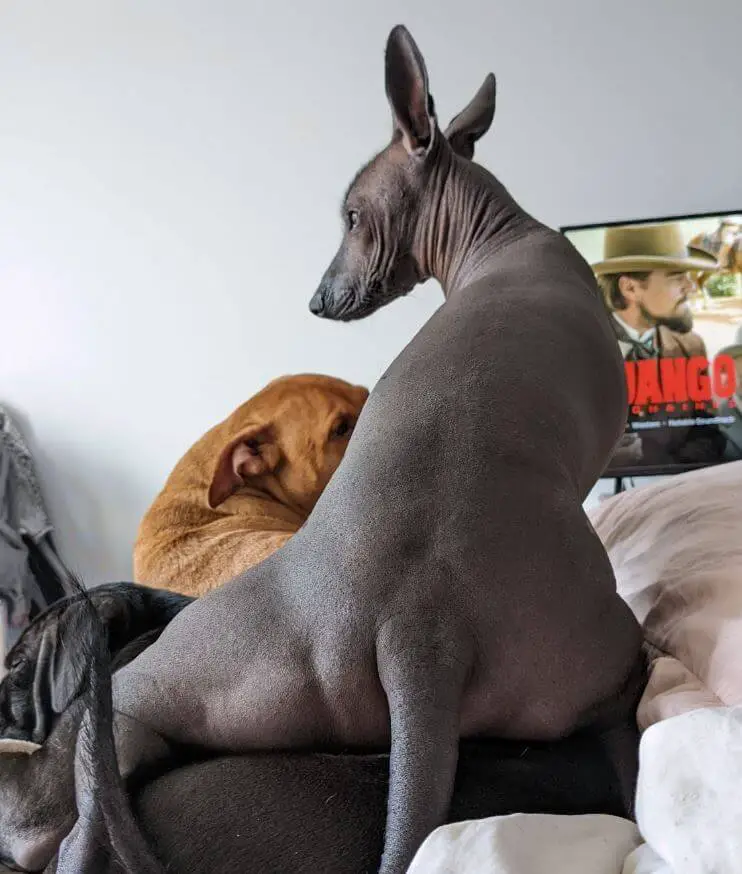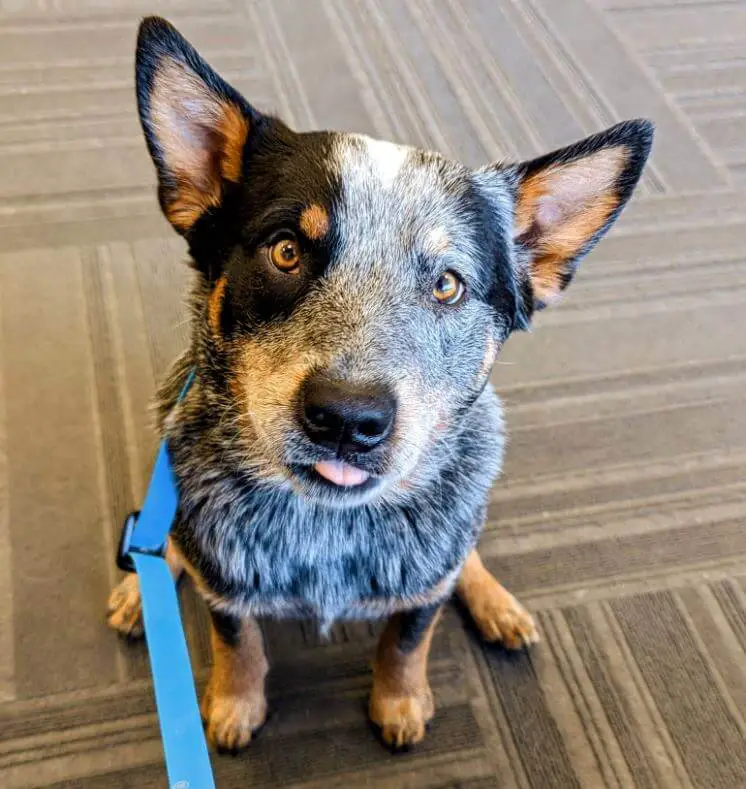If you’ve ever noticed your dog dragging their bottom across the floor, you may be wondering, “Why is my dog scooting?” While it might seem amusing, scooting can indicate an underlying issue that requires attention. In this article, we’ll explore the common reasons why dogs scoot, potential health concerns, and what you can do to address this behavior.

Why Do Dogs Scoot?
#1 – Anal Gland Issues:
- Dogs have anal glands that produce a scent marking. Scooting may indicate discomfort or impaction of these glands.
- Solution: A vet can manually express the glands or recommend dietary changes to promote natural expression.
#2 – Worm Infestation:
- Intestinal parasites, such as worms, can cause irritation, leading to scooting.
- Solution: Regular deworming as per your vet’s recommendation can help prevent and address this issue.
#3 – Allergies or Skin Irritation:
- Allergies or skin problems, including infections or irritations, may prompt scooting.
- Solution: Identifying and addressing the root cause of allergies, along with proper skin care, can alleviate scooting.
#4 – Constipation:
- Difficulty in passing stool due to constipation can cause discomfort, leading to scooting.
- Solution: Ensure your dog’s diet includes enough fiber, and consult your vet for suitable remedies.
#5 – Full Anal Glands:
- Anal glands can become full and cause discomfort, leading to scooting.
- Solution: Regular vet check-ups and gland expression can prevent issues associated with full anal glands.
#6 – Orthopedic Issues:
- Dogs with orthopedic problems, like hip dysplasia, may scoot to relieve discomfort.
- Solution: Consult with your vet to address underlying orthopedic issues and manage pain.

When to See a Vet:
If your dog scoots persistently or if you notice other concerning symptoms, it’s essential to consult with a veterinarian. Signs that warrant a vet visit include:
- Bleeding or Swelling: If you observe bleeding or swelling around the anal area.
- Changes in Stool: Any abnormalities in your dog’s bowel movements.
- Persistent Scooting: Scooting that doesn’t improve or recurs frequently.
Preventing Scooting:
- Regular Vet Check-ups: Schedule routine vet check-ups to catch and address potential issues early.
- Proper Diet: Ensure your dog’s diet is balanced and meets their nutritional needs.
- Hygiene Practices: Keep the anal area clean and check for signs of irritation during grooming.
- Parasite Control: Follow your vet’s recommendations for parasite prevention and treatment.

While the sight of a scooting dog might raise a few eyebrows, it’s crucial to understand that this behavior can signal underlying health concerns. Paying attention to your dog’s habits, maintaining good hygiene, and seeking prompt veterinary advice when needed will contribute to your pet’s overall well-being and happiness. Addressing the root cause of scooting ensures a comfortable and healthy life for your canine companion.
